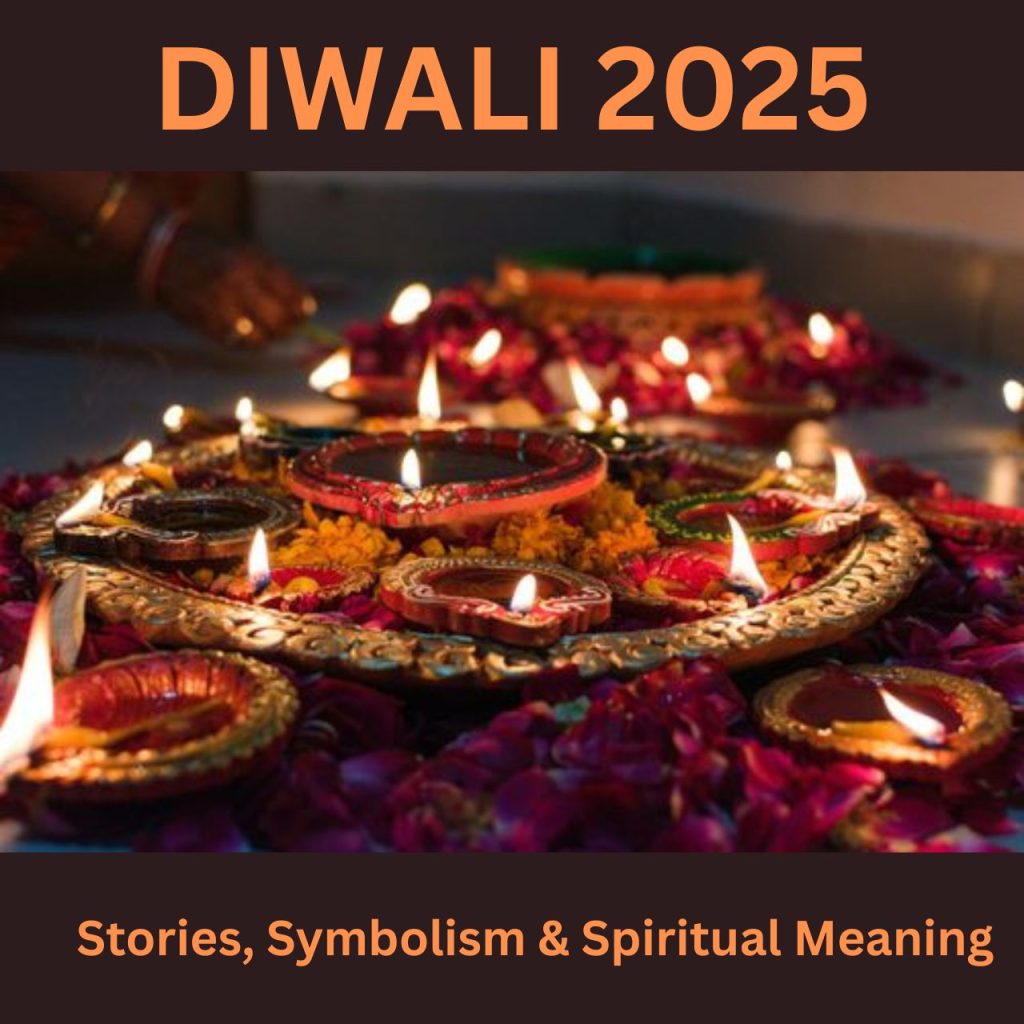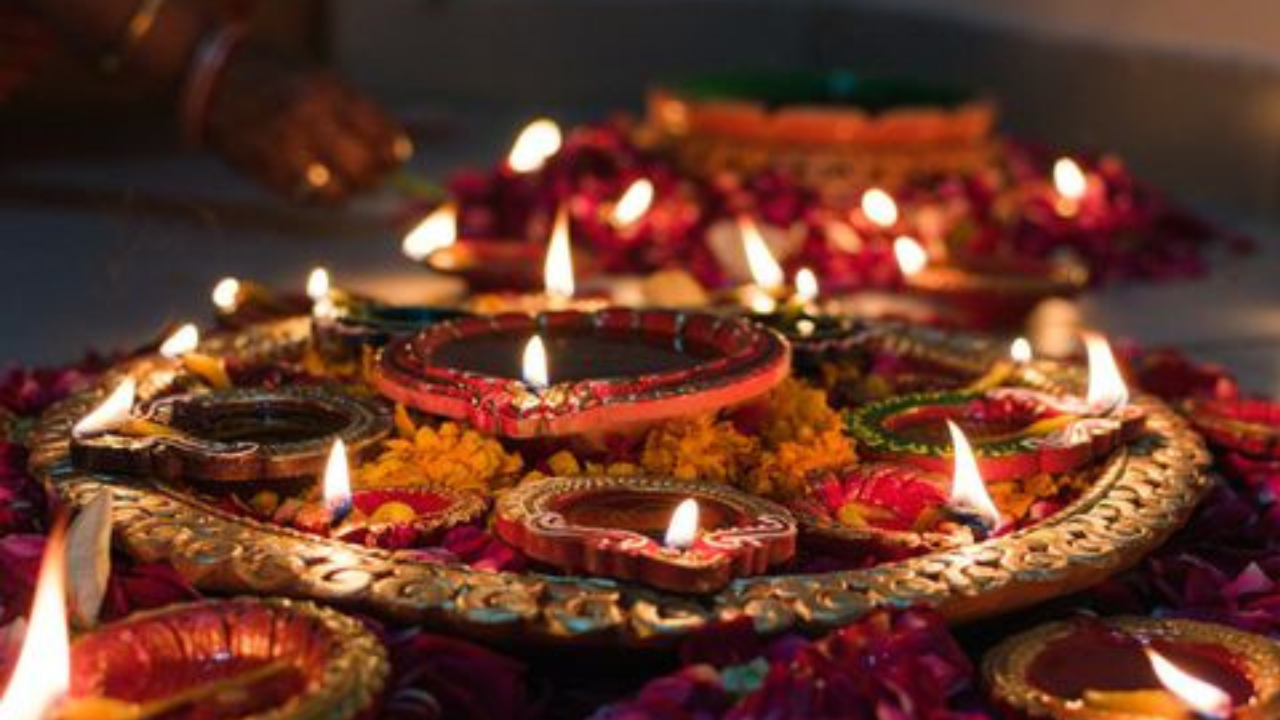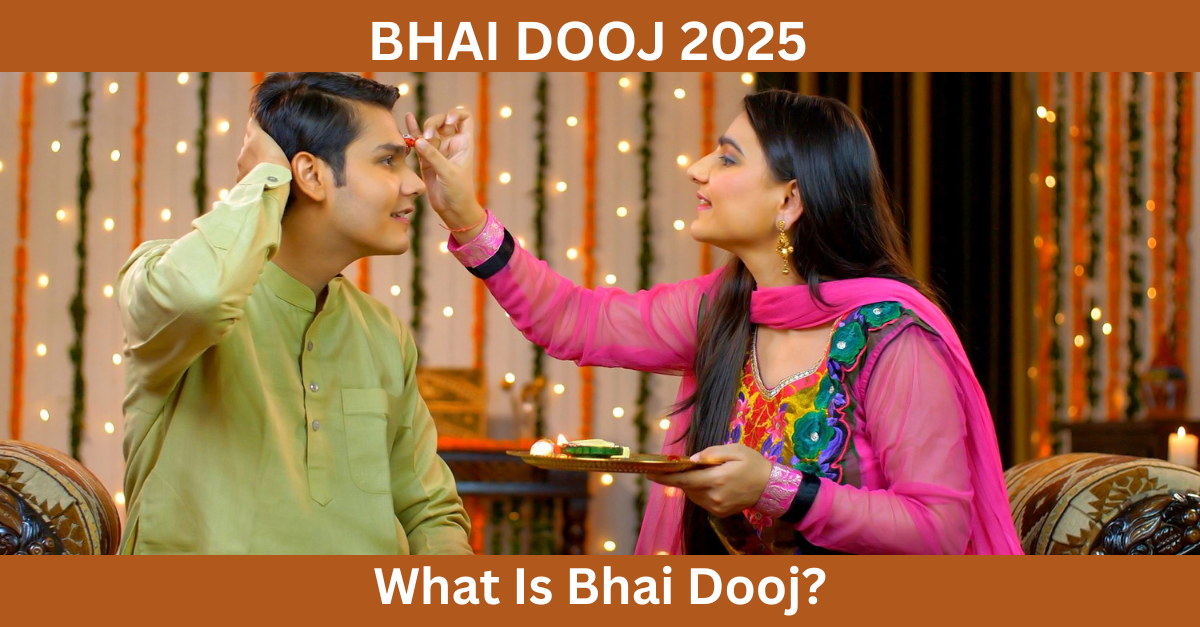Diwali, often called the Festival of Lights, is one of the most widely celebrated festivals across India and among the Indian diaspora. It typically falls in October or November (during the lunar month of Kartik) and spans several days of joyous rituals and spiritual reflection.
While delightfully festive—with lamps, sweets, fireworks, and family gatherings—the heart of Diwali lies in its deeper meanings. Across various legends and regional traditions, the festival symbolizes the victory of good over evil, light over darkness, and knowledge over ignorance.
This article delves into the many facets of Diwali’s significance: its mythological stories, spiritual symbolism, cultural and social meaning, and how it is celebrated. We will also address common questions readers often have.

Mythological & Legendary Foundations
Rama’s Return to Ayodhya
In the northern and many central Indian traditions, Diwali commemorates the return of Lord Rama, along with Sita and Lakshmana, to Ayodhya after a 14-year exile and after defeating the demon king Ravana. The people of Ayodhya are said to have lined the streets with oil lamps (diyas) to welcome them home. This story is a powerful metaphor: just as light dispels darkness, virtue, righteousness, and devotion triumph over evil.
Krishna Slays Narakasura
In many southern and western Indian traditions, Diwali (or one of its days) is linked with Lord Krishna’s defeat of the demon Narakasura, who had caused suffering and darkness. Krishna’s act freed imprisoned souls and restored harmony. Hence, lighting lamps represents the dispelling of fear and oppression.
Other Regional Legends
- In Bengal and eastern states, Diwali overlaps with Kali Puja, worship of Goddess Kali as a destroyer of evil forces.
- Some communities associate it with Vishnu sending the demon king Bali to the netherworld, or honoring Lord Kubera (treasure god) and prosperity.
- Among Jains, Diwali is observed as the day when Lord Mahavira attained nirvana (final liberation) from the cycle of birth and death.
- Sikhs celebrate Bandi Chhor Divas on the same lunar day, marking the release of Guru Hargobind from Mughal captivity and his return to Amritsar.
Thus, though the stories differ, the underlying motif remains consistent: emergence from darkness, restoration of balance, and spiritual awakening.
Spiritual Symbolism
Diwali is rich in inner significance beyond the external celebration. Some key symbolic layers:
Light as Inner Illumination
The external lighting of diyas, candles, and lamps points inward: every person is encouraged to dispel the darkness of ignorance, fear, ego, and negativity. The festival is a reminder to kindle the light of knowledge, clarity, and inner purity.
Cleansing and Renewal
Cleaning and decorating homes before Diwali is symbolic of purifying the heart and mind—removing clutter (both material and mental) to invite positivity, harmony, and abundance. This practice encourages renewal: new beginnings, letting go of past burdens, and preparing for fresh opportunities.
Worship of Prosperity & Auspiciousness
The worship of Goddess Lakshmi, the deity of wealth, prosperity, and abundance, is central in many Diwali celebrations. Devotees seek her blessings for material and spiritual well-being. The belief is that on Diwali night, Lakshmi roams the earth and enters clean, well-lit homes.
Additionally, Ganesha, the remover of obstacles, is often invoked alongside Lakshmi.
Overcoming Inertia and Apathy
Some contemporary spiritual interpretations propose that Diwali is about overcoming inertia—lack of motivation or stagnation in life. In this view, individuals are encouraged to awaken their inner energy and live with clarity and purpose.
Cultural, Social & Economic Dimensions
Unifying Across Faiths
Though rooted in Hindu mythology, Diwali transcends religious boundaries. Many Jains, Sikhs, and Buddhists participate in the spirit of light, goodwill, and community.
In India, Diwali becomes a cultural festival that brings together people of diverse backgrounds, often as neighbors, friends, or colleagues, celebrating a shared moment of joy.
Strengthening Family & Community Bonds
Diwali fosters time with family and friends: sharing meals and sweets, exchanging gifts, visiting houses, lighting lamps together. These practices build bonds, express gratitude, and reinforce social cohesion.
Economic Boost & Traditions of Buying
Diwali is an auspicious time for purchases. People often buy new clothes, utensils, gold, gadgets, and gifts, believing in the positive energy that fresh beginnings bring. Markets, small businesses, artisans, and merchants derive significant annual revenue from Diwali trade.
Environmental & Public Health Considerations
While fireworks and crackers are popular, they raise environmental and health issues. Studies have shown dramatic spikes in air pollution (PM₂.₅ levels) during and after Diwali.
There is a growing movement toward eco-friendly celebrations: using fewer or no crackers, lighting cleaner lamps (e.g. LED), and maintaining safety in lighting and lighting decor.
How Diwali Is Celebrated (5 Days Overview)
Below is a listing-style overview of the five days (though practices vary by region):
1. Dhanteras
- Homes and shops are cleaned and decorated.
- People buy precious metals (gold, silver), new utensils, and lighting items.
- Evening puja is held for Lakshmi and Ganesha.
2. Choti Diwali / Naraka Chaturdashi
- Commemorates Krishna’s victory over Narakasura.
- Early morning ritual bathing, lighting lamps, and sometimes bursting crackers.
3. Main Diwali (Lakshmi Puja Day)
- Central ritual: Lakshmi Puja, often after sunset.
- Homes are brightly lit, rangoli designs are drawn.
- Families gather, exchange sweets and gifts, and share festive meals.
4. Padwa / Govardhan Puja / Annakut
- In some traditions, this day honors Krishna’s lifting of Govardhan hill.
- In others, it is a celebration of marital bonds and new beginnings.
5. Bhai Dooj
- Celebrates the bond between brothers and sisters.
- Sisters pray for brothers’ well-being and apply a tilak; brothers promise protection.
These five days weave together myth, devotion, family, and renewal.
Deep Insights & Lesser-Known Aspects
- “Deepavali” Name Meaning: The word Deepavali (or Diwali) comes from Sanskrit: dīpa = lamp, āvalī = row, meaning “row of lights.”
- Historical Roots: References to festivals of lights exist in ancient Sanskrit texts and inscriptions, hinting at overlapping harvest or seasonal celebrations predating later religious stories.
- Shared Darkest Night: Diwali falls on Kartik Amavasya (the new moon night), the darkest night, symbolizing light’s triumph over darkness.
- Inner & Outer Parallel: The external rituals (lighting lamps, cleaning, new purchases) parallel internal aspirations: removing ignorance, renewing intention, and inviting abundance.
- Cultural Adaptation: In modern times, Diwali is celebrated globally. Across diaspora communities, the festival is a way to maintain cultural identity, connect with roots, and share Indian traditions with others.
FAQs (Frequently Asked Questions)
Q1. Why does Diwali fall on different dates each year?
Diwali follows the Hindu lunisolar calendar and is observed on Kartik Amavasya (new moon). Because lunar and solar calendars don’t align exactly with the Gregorian calendar, the date shifts, typically landing in October or November.
- Hindus observe Diwali via the Rama, Krishna, Lakshmi legends, etc.
- Jains mark Diwali as the day Mahavira attained nirvana.
- Sikhs observe Bandi Chhor Divas—commemorating Guru Hargobind’s release from prison.
- Some Buddhists (especially Newar Buddhist communities) also observe Diwali with local adaptations.
Lakshmi is the goddess of wealth, prosperity, and abundance. The belief is that on Diwali night, she roams the earth and enters clean, well-lit homes. Devotees invoke her blessings for material success and spiritual prosperity.
Traditionally, fireworks symbolize the removal of darkness and welcome joyous energy. However, many now argue for moderation or alternatives because of environmental and health impacts. The deeper meaning is to lighten one’s inner world, not pollute the outer.
- Use LED or environmentally friendly lights and lamps instead of smoke-producing fireworks.
- Choose natural rangoli materials (flowers, rice flour) over chemical colors.
- Limit or avoid crackers; opt for community fireworks displays rather than individual bursting.
- Be mindful of energy use, waste, and safety in lighting and decorations.









